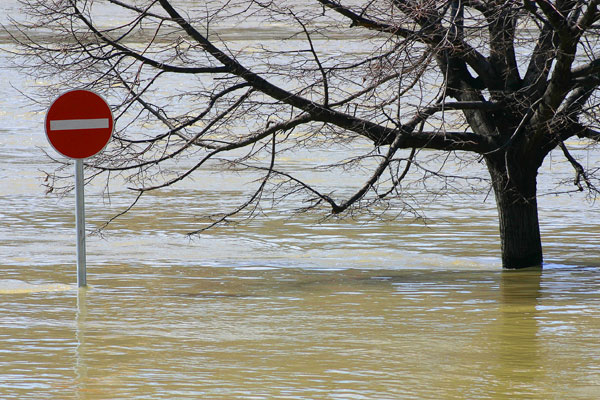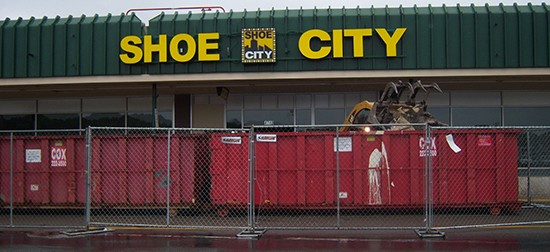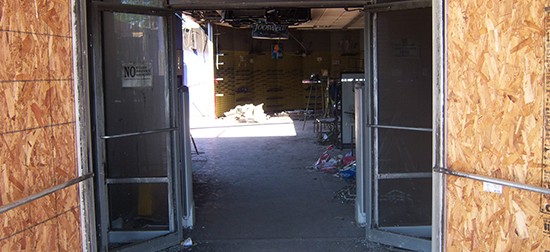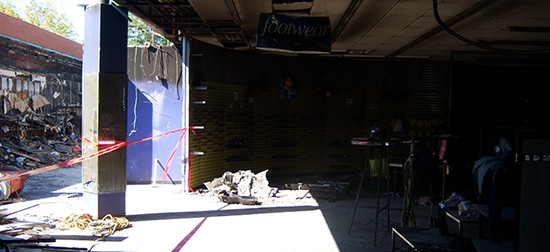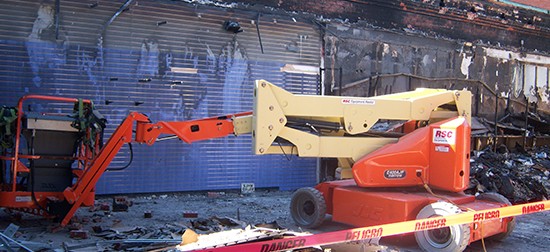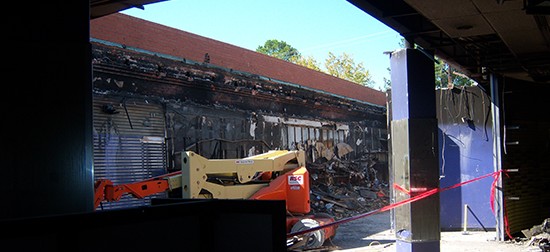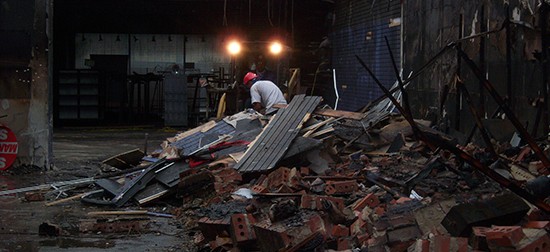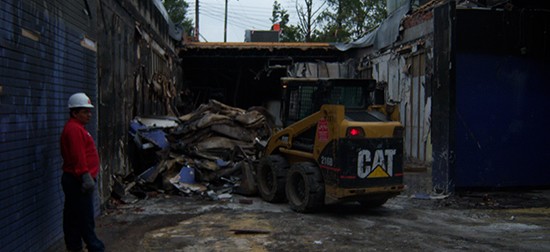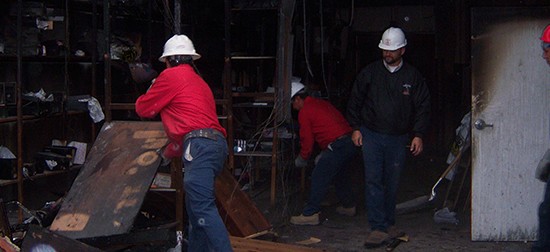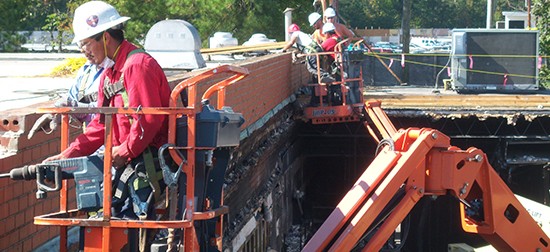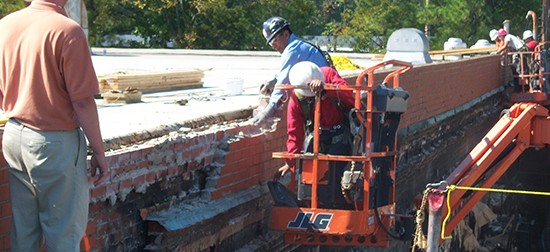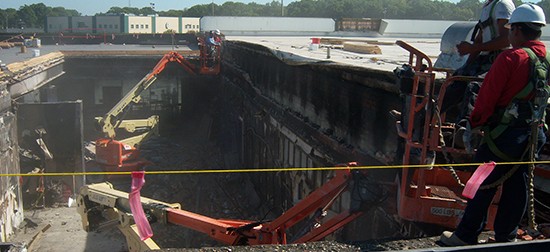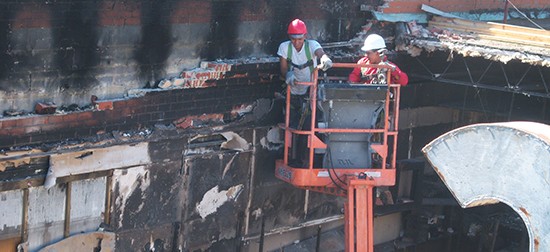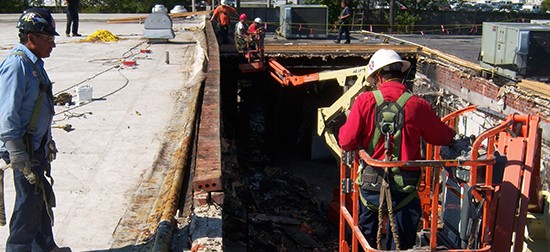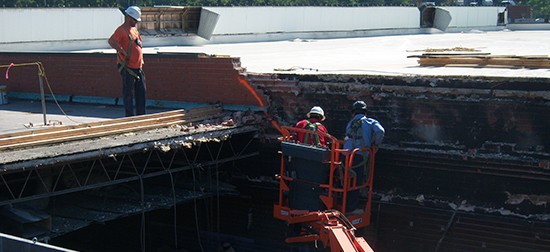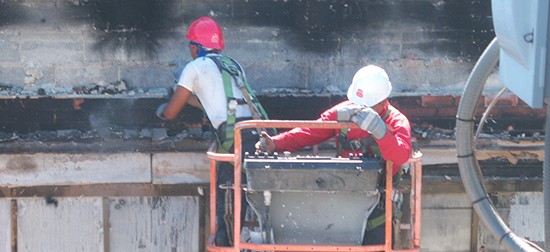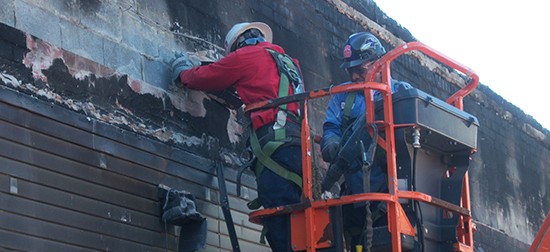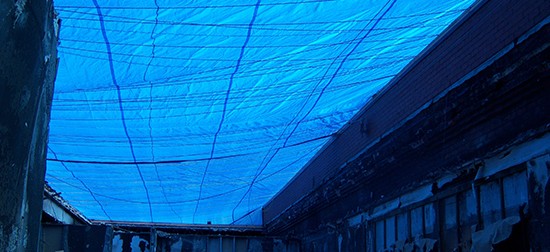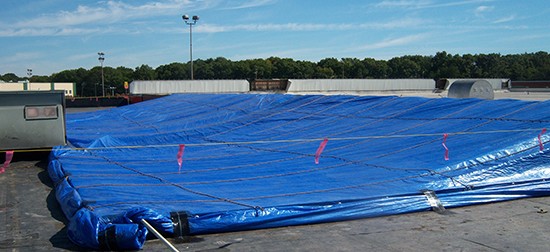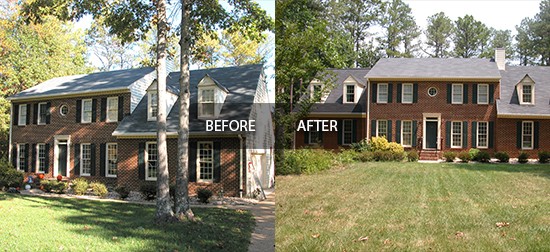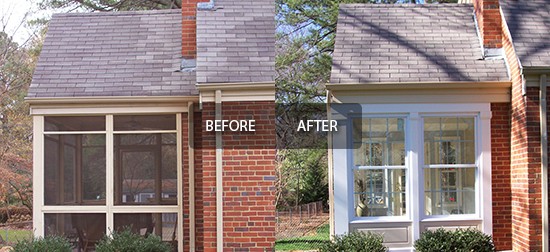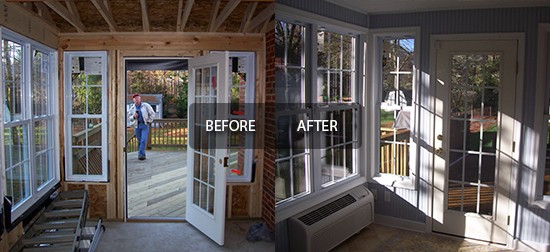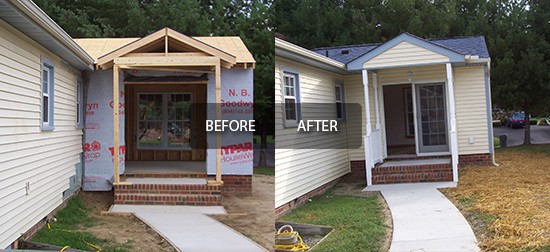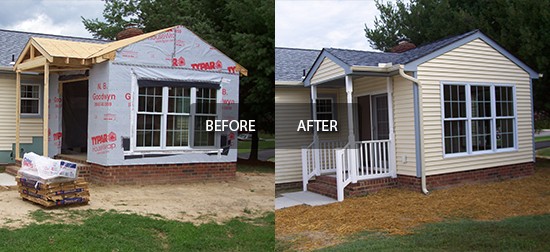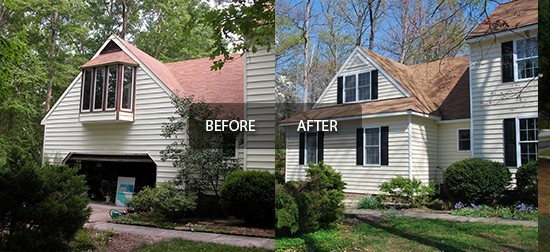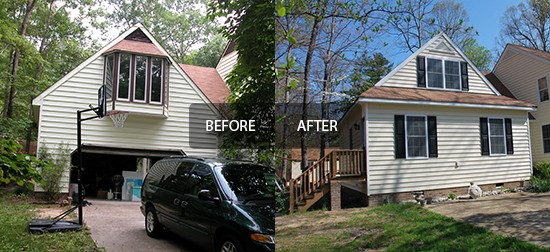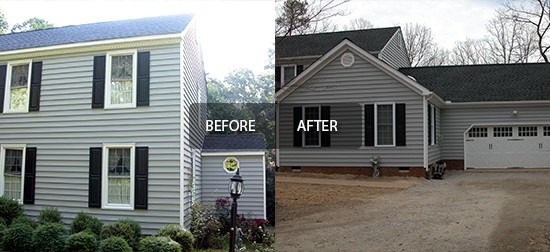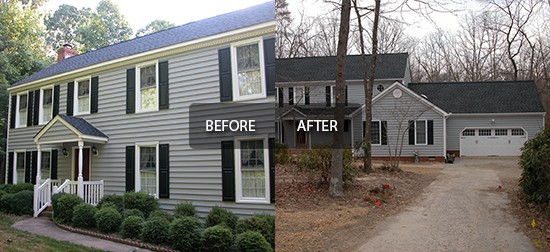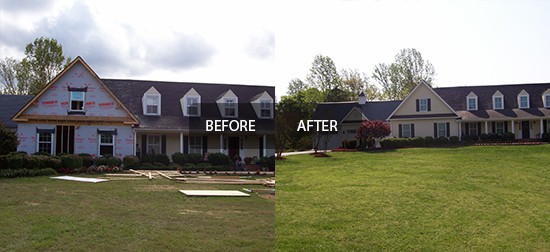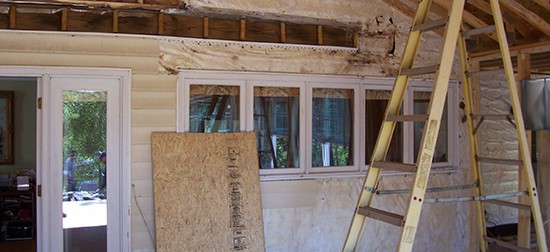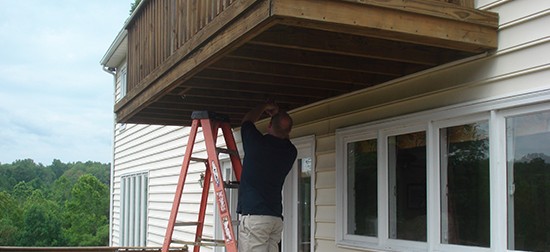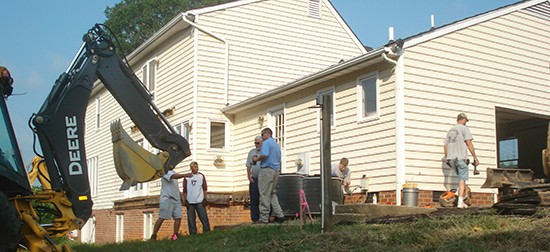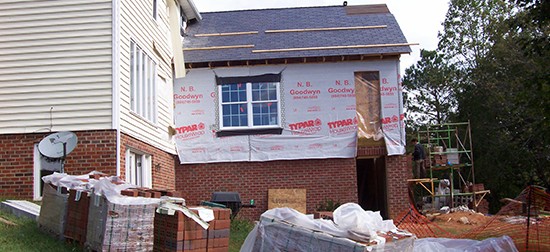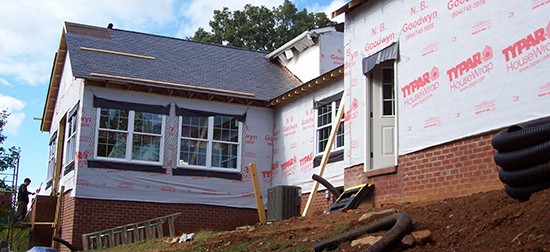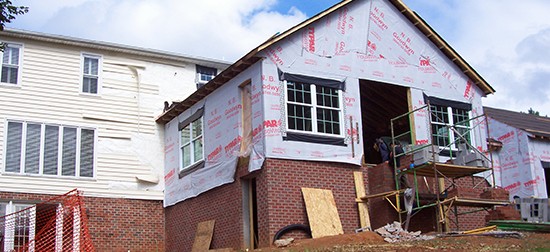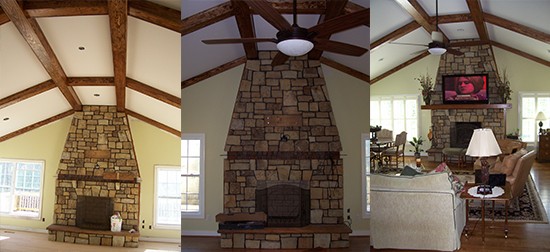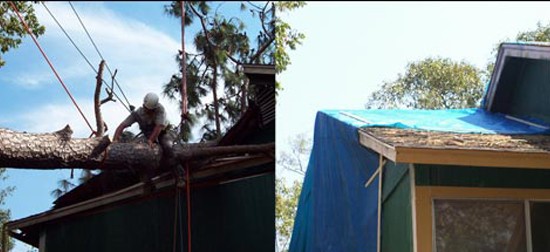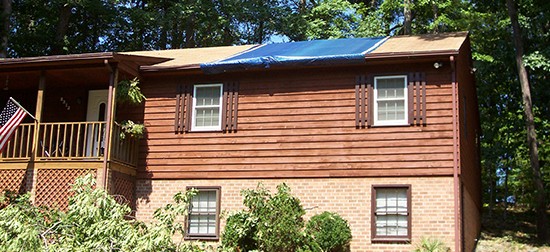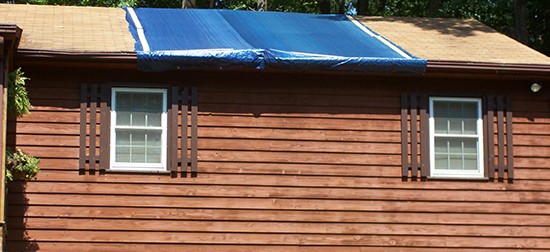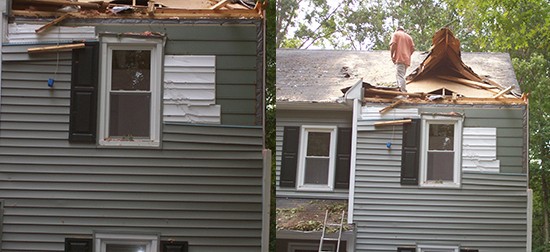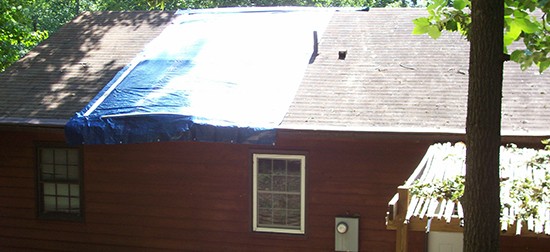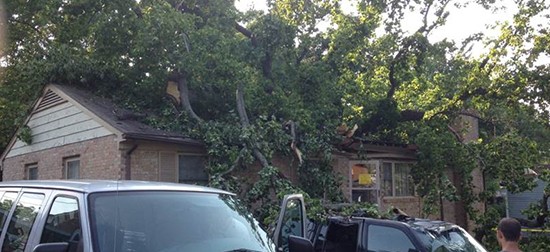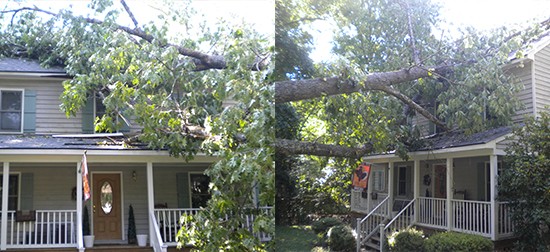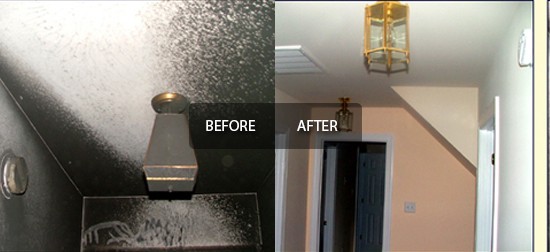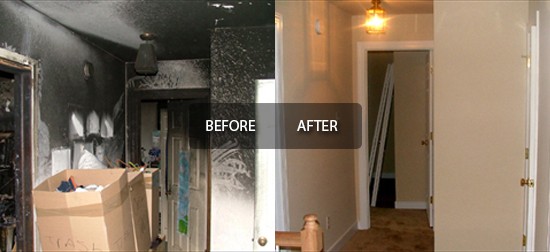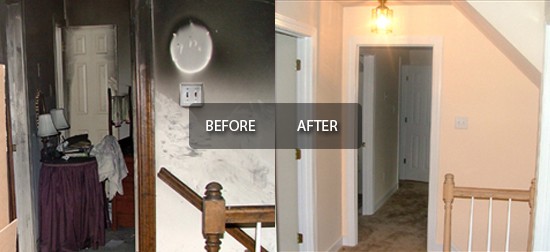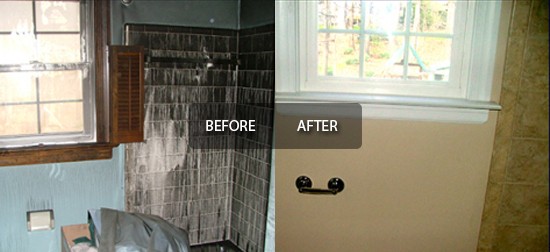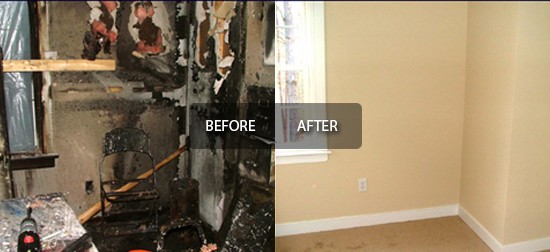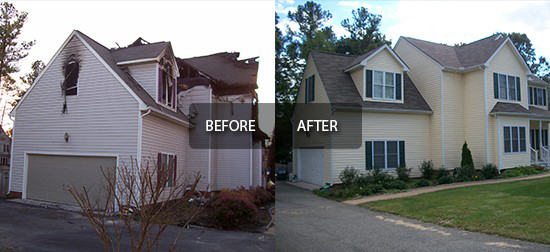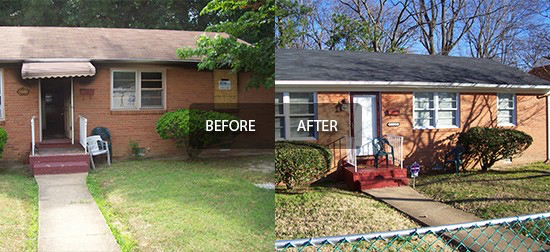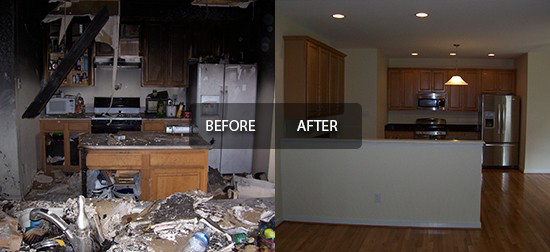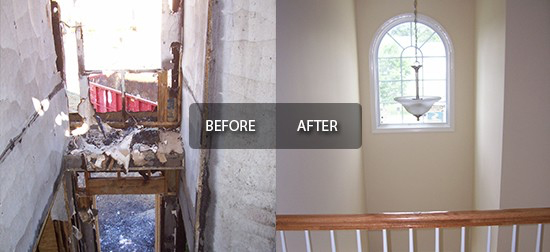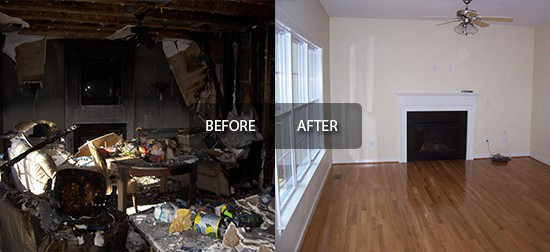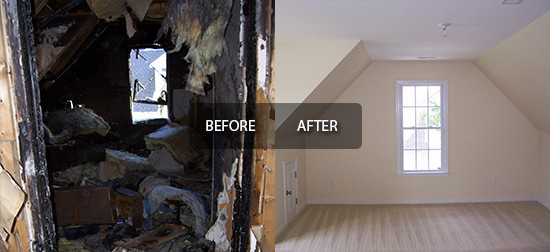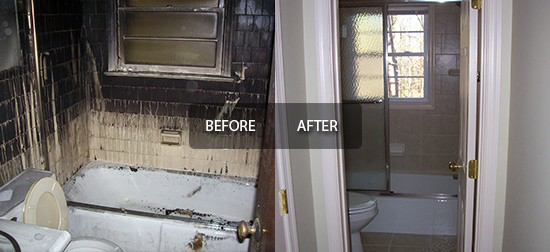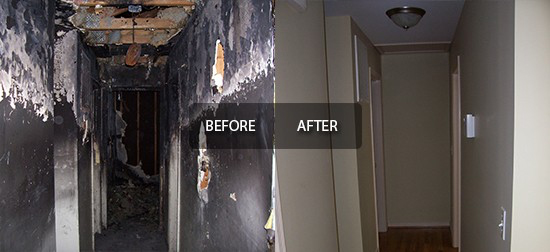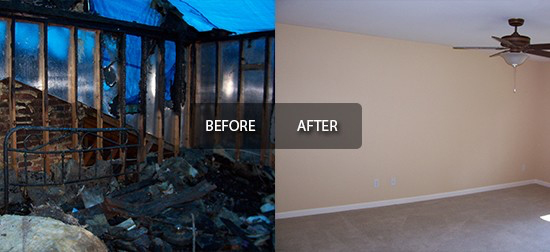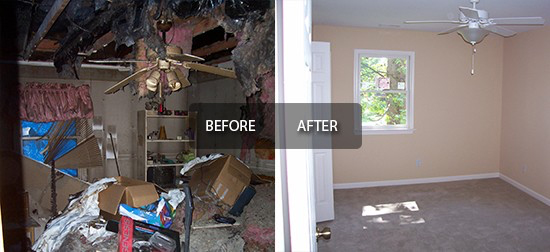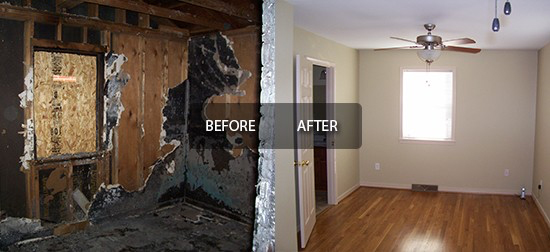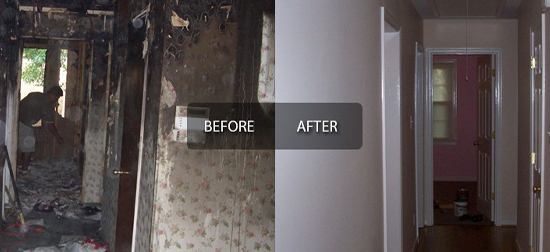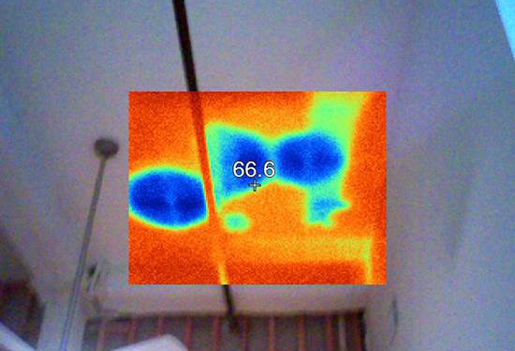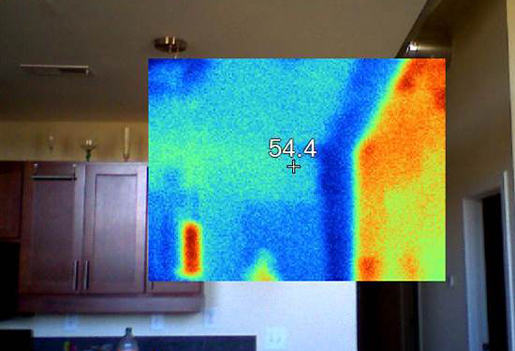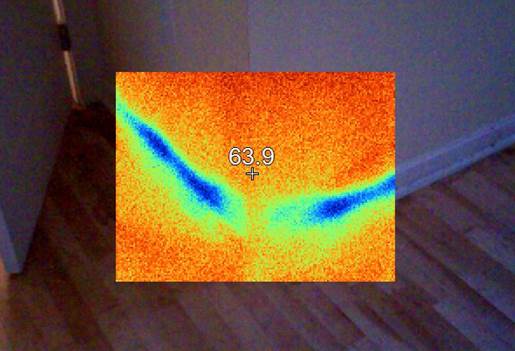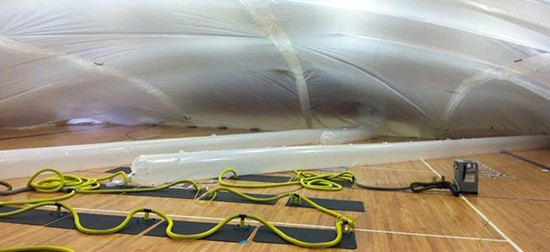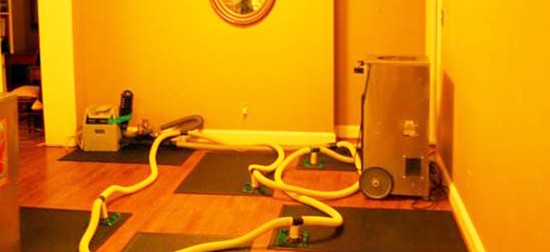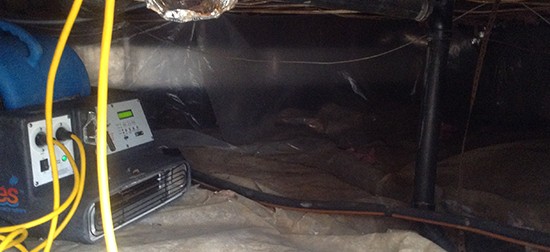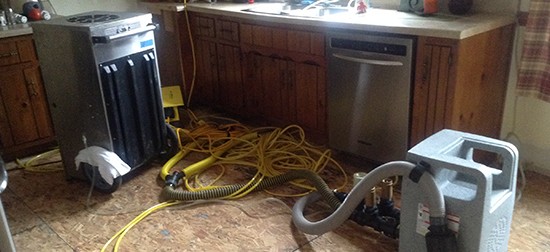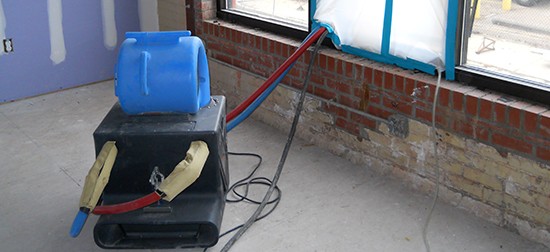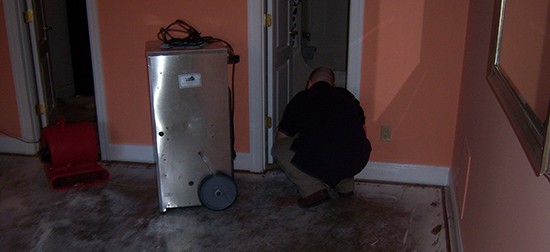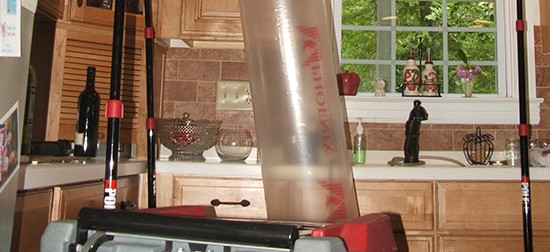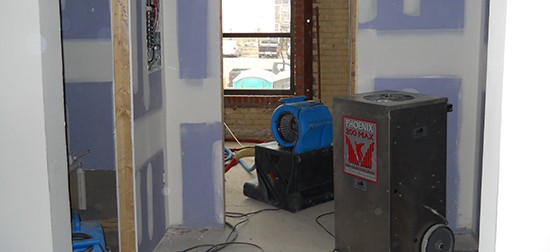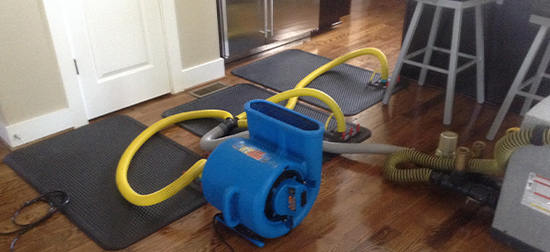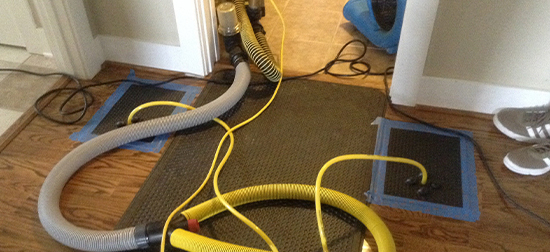In comparison to other cities in the United States, Richmond does not have as serious of a flooding problem. As a result, many residents opt out of flood insurance and don’t think twice about the potential for a disastrous flood.
Still, flooding is an issue for Richmond, and the issue is only becoming more pronounced. In 2020 alone, flooding has increased dramatically in the city, even causing the city to close major flood gates that haven’t been closed in decades. Today, a little over 5,000 properties are considered at risk.
With that in mind, Richmond residents need to know some crucial facts about floods in the city. Here’s all that you need to know about flooding in Richmond:
Last Great Flood in Richmond
The last major James River flood occurred in November of 1985. After Hurricane Juan, floods spread all over Southwest Virginia as heavy rain dumped onto the Appalachian mountains. This heavy overflow of water quickly caused the James, Shenandoah, Roanoke, and Potomac rivers to overflow.
As a result, the water level reached as high as 24.77 feet at the Richmond Westham Gauge. This water level has been the third highest reported in Richmond, 3rd to the 1972 Hurricane Agnes flood and the 1969 Hurricane Camille flood.
In the downtown area, the water was as high as 30.76 feet, which is the second highest that Richmond has ever reported. The Hurricane Agnes flood is the only one to cause higher flooding in the downtown area.
What Happened in 2020
In November of 2020, Richmond had to brace for another series of floods. For the first time since the 90s, the flood gates in downtown Richmond had to be closed. This was due to heavy rainfall, causing flooding in the James River Drainage Basin.
The water level in the Westham Gauge was reported at around 17.84 feet, which was nearly three feet above moderate flooding in the Richmond area.
Luckily, these floods did not cause severe economic issues for the city. Still, the worrisome increase of flooding does show that flooding is a major problem for the residents of Richmond.
Looking to the Future
Today, about 5,067 properties are at risk for flooding in Richmond, VA. In the next 30 years, that number is projected to increase to 5,245. Although this is not a dramatic increase in numbers, it still is a 3.5% increase, which is worrisome.
How to Protect Your Home from Flooding in Richmond
If you’re worried about your home flooding, there’s some things you can do to protect it.
1. Get Flood Insurance
First of all, it could be wise to invest in flooding insurance, especially if you live in an area that is susceptible to flooding. Many people don’t realize that flood insurance is often not covered with regular homeowner’s insurance. You will need to buy it separately most likely.
2. Install Flood-proofing Features
Take some time to install flood-proofing features in your home. For example, install sump pumps if you have a basement. The sump pump will help pump water out of your basement in case it floods from excess groundwater or rainwater.
Also, install check valves on your pipes. These check valves prevent your sewage system from getting backed up. These can really come in handy in the case of a flood.
3. Position Your Downspouts Strategically
Many people have downspouts, and they think their existence is enough to protect their home, but that assumption is not completely true. Make sure that the downspout is pointed away from your home, too. If the downspout is pointed towards your home, it could cause water to pool at the corner of your home, thus resulting in leaks and cracks in the corners.
4. Move Electrical Outlets and Appliances
If a flood is to enter your home, the last thing you want is for you to electrocute yourself or damage your expensive appliances. To prevent this from happening, move your outlets and appliances off the ground. Obviously, the higher up they are, the better.
For maximum protection, make sure that air conditioning units, generators, washing machines, dryers, and water heaters are above flood level. The same goes for any irreplaceable personal items, like family heirlooms.
5. Apply Sealants and Coats
Finally, apply sealants and coats to your home. Be sure to cover the foundation, walls, doorways, or windows for maximum protection. This sealant will help protect the water from seeping into the home during a flood. Replace the coat and sealant whenever you see cracks or issues in the structure.
What to do After a Flood in Richmond
Even if you have taken all the necessary measures to prevent a flood from occurring, you can’t control the weather or a faulty pipe. This means that a flood can still damage your home.
If a flood has struck your house, the first thing you should do is call your insurance company. Even if you aren’t sure that you have flood insurance, still call them anyways. They might be able to save you a couple extra dollars, even if it is not a lot.
Next, make sure to take good pictures of everything that is damaged. This will help the insurance company to know exactly what was damaged and the cost it will take to repair the items. As you are taking pictures, make sure that you are not exposing yourself to any extra damage or safety hazards.
The last thing you should do is hire a professional restoration team to come in and fix your home. Although it may be tempting to try to fix your home yourself, flood damage is pesky and can severely put your home and family at risk. A professional water damage restoration team ensures your home is restored safely and correctly.
Conclusion
As ocean levels continue to rise, floods in Richmond are becoming more and more normal. Make sure that you are ready for the worst by educating yourself about flooding in Richmond and protecting your home.
In the case your home has already been damaged from some flooding, contact VRS today for water clean up.



